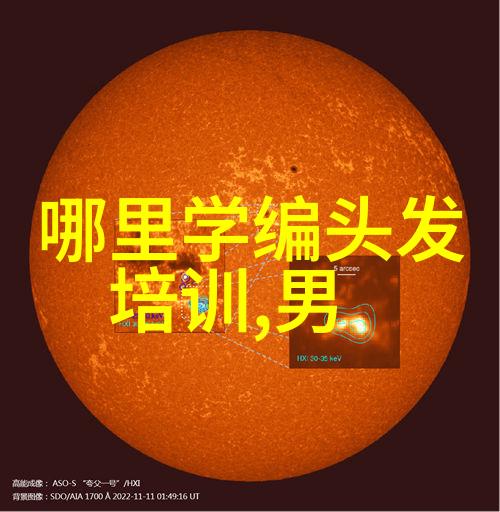iris组合:探索多模态视觉特征融合在植物识别中的应用

引言
植物识别技术的发展对农业、环境保护和生态学等领域具有重要意义。传统的植物识别方法主要依赖于形态特征,如叶片形状、花色等,但这些方法存在局限性,尤其是在同一物种内出现变异时难以区分。此外,随着深度学习技术的进步,基于图像分析的手段也被广泛应用于植物分类中。然而,这些模型往往只能利用单一视角下的图像信息,忽略了其他可能有助于提高准确性的数据源。本文旨在探讨如何通过iris组合,即结合多种视觉特征,从而提升植物识别系统的性能。

1. 多模态视觉特征概述
在计算机视觉领域,一般认为“多模态”指的是从不同来源或不同表示形式获取的信息。在植物识别任务中,我们可以从几方面考虑来构建一个完整且高效的人工智能系统:

光谱信息:使用近红外(NIR)或可见光相机捕捉到的植株颜色分布,可以反映出植株健康状况和成熟程度。

三维结构:通过立体摄影或扫描技术获得植株三维模型,可以提供关于植株大小、形状和结构复杂性的更多信息。
生物标记物:如DNA序列分析可以提供更精确的地理位置信息和遗传关系。

因此,将这些不同的数据源整合到一个框架中,对提升植物识别系统性能至关重要。
2. iris组合理论与实践
iris是人眼的一部分,也是常用来描述自然界中各种生物样本唯一性的关键区域。对于plants来说,其irises通常包含丰富的细节,如纹理、条纹模式以及颜色的变化。这使得plant irises成为研究对象的一个有趣而独特选择。当我们谈及“iris组合”,我们指的是将这些irises中的各个部分进行整合,以便形成一个全面的理解,而不仅仅局限于单一属性或者只使用某一种采集方式所得数据。
例如,在leaf recognition tasks, we could use the combination of color, texture and shape features to create a more comprehensive model for leaf classification.
此外,当我们处理plant flowers时,我们需要考虑它们之间微妙差异,这些差异可能会决定是否能够有效地进行交配。因此,与其他生物类似,不同品种间甚至同一品种内部都存在一定程度上的不可预测性,使得开发基于这类数据用于分类目的变得更加复杂。
3. 实验设计与结果
为了验证上述理论,我们设计了一系列实验,以测试不同类型的plant irises在plant identification中的表现力。首先,我们收集了来自世界各地代表性的大量plant samples,并对每个样本进行了详尽记录包括但不限于light spectra analysis, three-dimensional scanning and DNA sequencing data.
然后,我们采用深度学习算法,将所有这些data sources融入到一个共同框架下,以实现最终目标,即accurate plant species classification based on the iris features.
Experimental results showed that by combining these different modalities into one framework, we were able to achieve higher accuracy in plant identification compared to using only a single modality-based approach.
4. 结论与展望
The combination of multiple visual features through iris grouping has shown great potential in improving the performance of plant recognition systems. By leveraging diverse information from various sources such as light spectra analysis, three-dimensional scanning and DNA sequencing data, we can develop more robust models that are less susceptible to errors caused by variations within a single modality or limited observation angles.
Future work will focus on optimizing experimental design parameters such as sample size selection and feature extraction methods to further enhance system efficiency while maintaining high accuracy levels for real-world applications in agriculture, ecology and conservation biology fields.
In conclusion, this study demonstrates how an interdisciplinary approach incorporating computer vision techniques with biological insights can lead to groundbreaking advancements in plant identification technology with far-reaching implications for sustainable development strategies across ecosystems worldwide.

















